The scariest monsters are real, and “Schindler’s List” is a timeless masterwork that reflects the humanity amid history’s greatest horror.
Turning thirty this year, Steven Spielberg’s 1994 Oscar-winning film Schindler’s List continues to haunt with its harrowing tale of one brave man in the face of history’s most horrific crime against humanity.
Candles slowly burn down on Sabbath to the last flame, and smoke intercuts the steam blowing from a train. Germany has just defeated Poland, and all Jews are ordered to move into the Kraków ghetto. Between the foreshadowing of the smoke and heavy snow (impending infirmaries), Spielberg illustrates these symbols to draw upon the harsh realities of what is to come.
Each expelled Jew looks straight into the camera in a powerful moment of reading off their name. Spielberg captures the importance of a life having value in demeaning circumstances.
Our protagonist, German industrialist and enamelware businessman Oskar Schindler (Liam Neeson), is a dashing ladies’ man and opportunist among the Nazi regimes. They’re living with all the luxuries of life (wine, women, meals, trading goods) thanks to his generosity and own personal gain of benefitting from the war. However, his collapsing marriage to his wife Emilie, (Caroline Goodall), suffers from his infidelities.
Starting up a business with the aid of Jewish factory workers, Schindler starts an unlikely collaboration with accountant Itzhak Stern (Ben Kingsley), who finds 350 “highly skilled” workers for permits to work outside of the Kraków ghetto.
Rolf, a one-armed man (Friedrich von Thun), insists on thanking Schindler for his permit and being “a good man.” You can see Schindler’s inner resistance to becoming the middleman between the workers and the Nazis. When Rolf is assassinated, Schindler soon begins to exert his influence, saving Stern from a train headed to Auschwitz.
At that station, women board one train, men another, and all their labeled luggage is taken inside the train station. Suitcases are disassembled immediately: shoes in one pile, clothes in another, gold, silver, and jewelry appraised. Pictures of loved ones thrown together. A jeweler is handed whole teeth with their fillings intact and silently stares in wonder.
We are then faced with that gut-wrenching and sickening realization: this is the point of no return, and this is real.
The man Schindler must convince the most is Amon Göth (Ralph Fiennes), SS Camp Commandant of the Plaszów Concentration Camp. Amon is psychotic and merciless and begins the liquidation of the ghetto to Plaszów, slaughtering Jews and destroying Kraków left and right.
Witnessing the horror from the hillside, Neeson’s facial and emotional convictions of Schindler’s consciousness reflect his finest work in the film.
He notices a little girl in a red jacket roaming free through the village during the massacre. That jacket is the only bit of color throughout the entire run time. Spielberg and Polish Cinematographer Janusz Kamiński insisted on shooting in black and white at the discouragement of studio heads to capture the feel of a documentary drama.
Coproducer Branko Lustig, a child survivor of Auschwitz and Bergen-Belsen, assisted Spielberg in recreating the aesthetics of those painful experiences while principal photography took place in Kraków, Poland.
Amon’s daily wrath consists of starting his mornings off by shooting workers he deems lazy and exerting his vacillate and violent nature toward his maid, Helen (Embeth Davidtz). Schindler has a persuasive influence over the unhinged Amon, suggesting, “Power is when we have every justification to kill, and we don’t.” That only lasts half a day.
Schindler is amazing at outsmarting and playing the other side to save these lives, even gaining control over his negotiations from the mistakes of the regime.
It’s a race against time while the Nazis further breakdown the Jews in the final stages of extermination camps: gas chambers and the exoneration of war crimes. Schindler and Stern generate the “list” of Jewish laborers from the camp to purchase for their factory, a way for them to have immunity from the Nazis. The women are rerouted to Auschwitz due to paperwork errors, while the men arrive in Brünnlitz, Czech Republic, near Schindler’s hometown.
The darkest moment, the horrors that were foretold in the women’s quarters earlier in the film of being gassed in shower rooms, is now a reality.
Hair cut off, disrobed, naked, and gathered in the shower, the lights go out — and the silence is shattered with the screams of terror and helplessness. The lights come back on with the release of water, laughter, and sobbing as the women remain shaken. Schindler bribes and facilitates their release.
Seven months later, Schindler’s non-operational factory closed upon Germany’s surrender. Stern and the 1,100 survivors present him with a ring inscribed, “Whoever saves one life, saves the world entire.”
The refugees hold hands and sing “Yerushalayim Shel Zahav (Jerusalem of Gold),” cutting to real-life survivors. Escorted by each principal actor, the Schindler Jews lay visitation stones on his grave in Jerusalem.
Debuting in December of 1993, Schindler’s List took home the Oscar for Best Picture, winning seven of the twelve nominations, including Steven Spielberg’s first Oscar for Best Director. The screenplay by Steven Zaillian was adapted from the 1982 novel Schindler’s Ark by Austrian novelist Thomas Keneally.
Keneally was inspired and worked closely with the help of Holocaust survivor Poldek Pfefferberg.
Longtime Spielberg composer John Williams collaborated with violinist Itzhak Perlman to invoke an emotional solo within the theme song.
The music of SCHINDLER’S LIST stays with you long after the film ends – reflecting sorrow, tragedy, and the silent expression of human endurance.
In the same year, Spielberg created the USC Shoah Foundation after the growing reception of Schindler’s List to preserve Holocaust interviews and provide educational resources on hatred and antisemitism. The platform has also allowed genocide survivors from Bosnia, Armenia, Syria, Nanjing, Rwanda, Guatemala, Cambodia, and Rohingya to document their experiences.
Revisiting Schindler’s List still haunts and devastates in the face of hatred within our world.
In the wake of October 7th and the current Israel – Hamas War, the rise of Antisemitism, anti-Muslim, and Islamophobia has drastically spiked in the acts of hate crimes around the globe, especially in America.
My prayers are with the Palestinian civilians of Gaza, the families of Israeli victims, and the hostages right now. We need humanity right now.


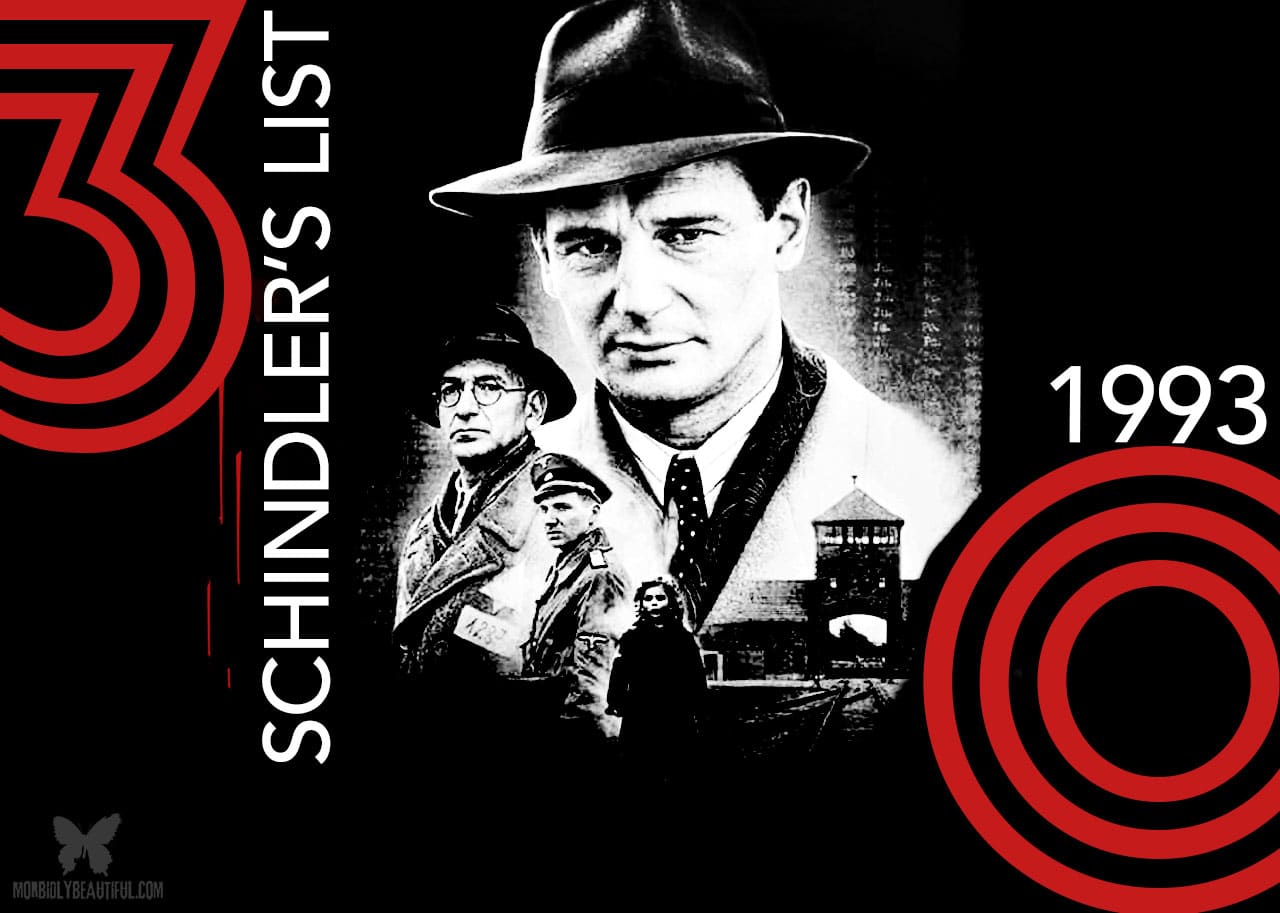
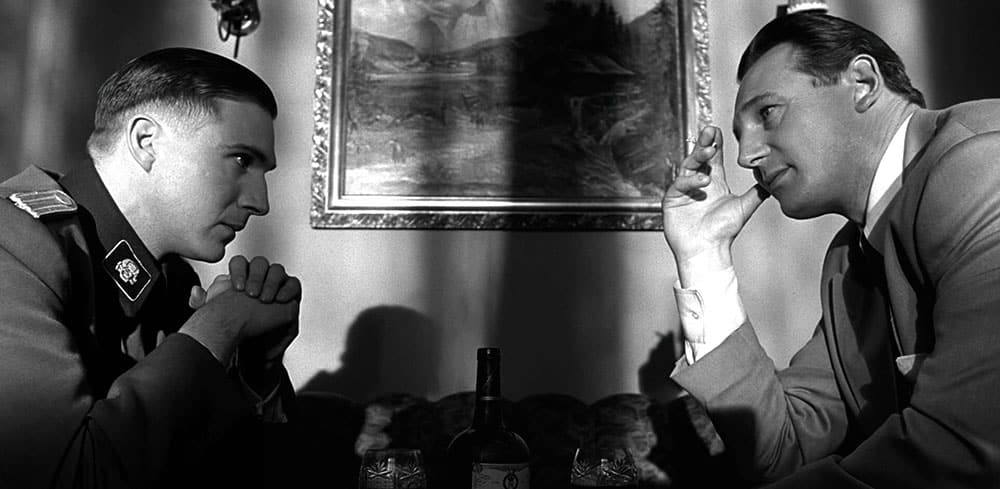
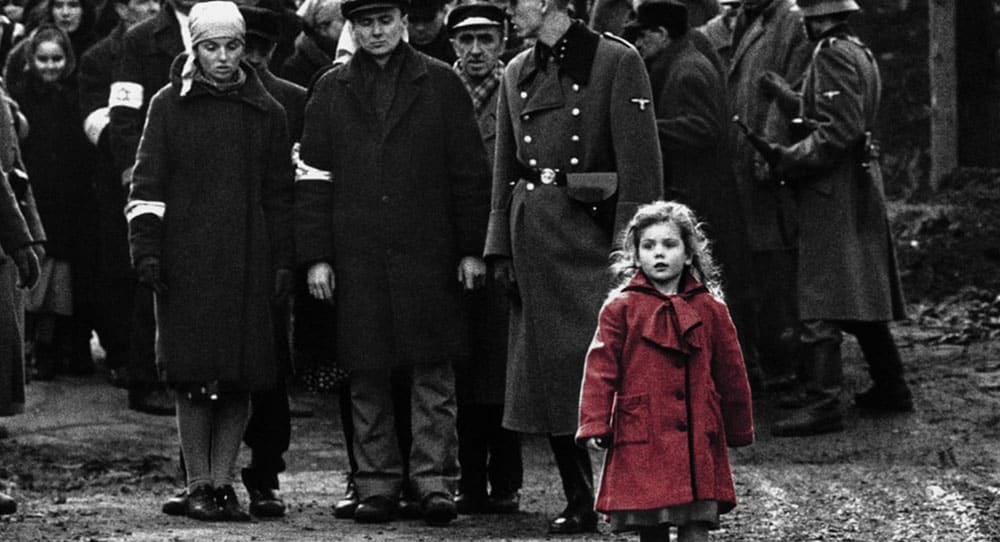
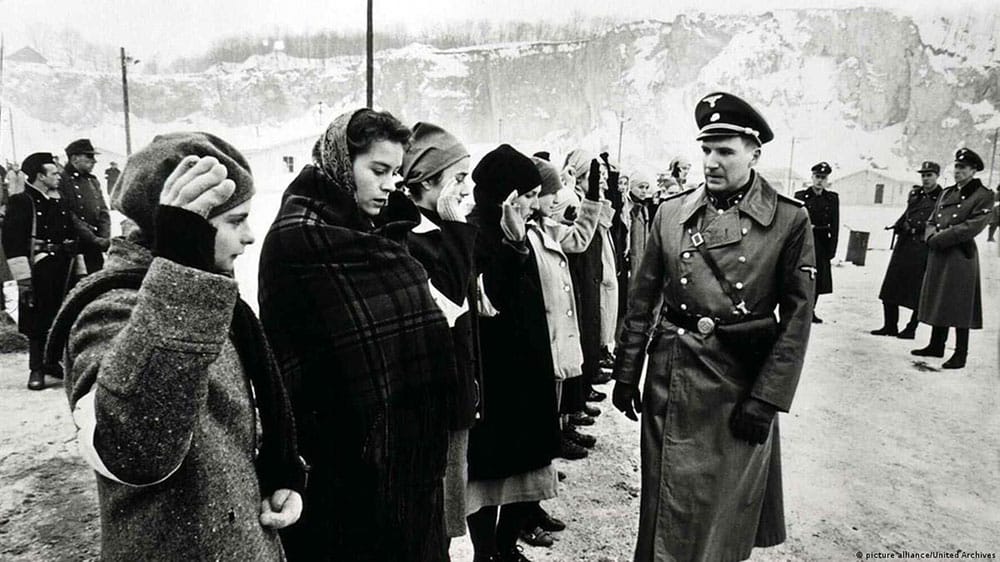
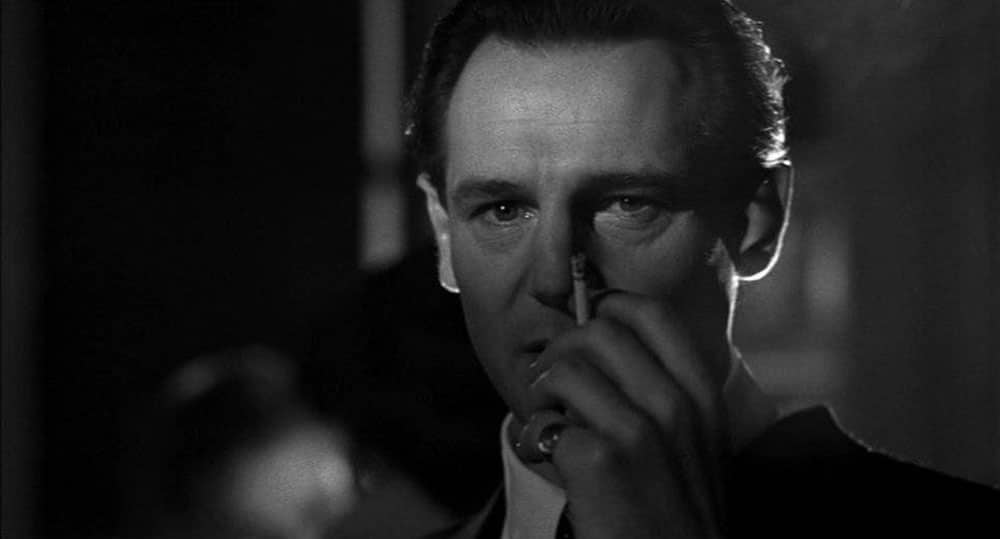
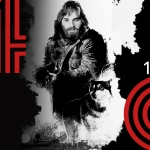

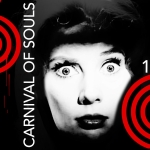








Follow Us!